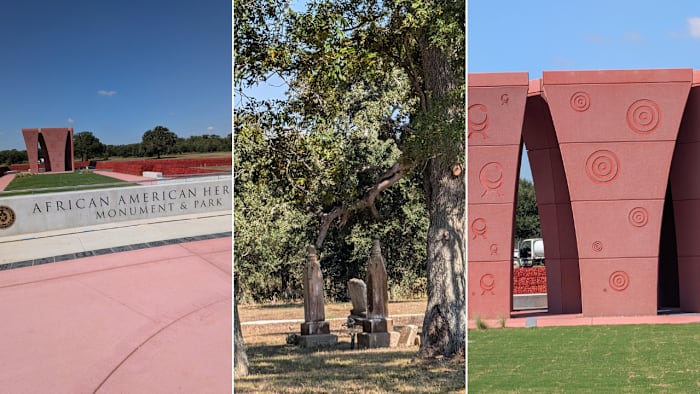Kendleton, Texas: A Beacon of Heritage and Resilience
A Historical Foundation
Kendleton, located just a stone’s throw from Houston, is etched deeply in the annals of American history. This remarkable town holds the distinction of being one of the first U.S. towns founded by freed slaves. Established by six families who overcame tremendous adversity, Kendleton represents not just a location, but a rich tapestry of resilience, struggle, and the indomitable spirit of its founders.
Echoes of the Past
As you traverse the quiet roads leading to Kendleton, you’re greeted by landscapes whispering stories of the past. The land carries the legacies of ancestors who fought not just for survival but for a chance to thrive against overwhelming odds. Their narratives, filled with both hardship and hope, invite you to pause, reflect, and honor the journey that has paved the way for generations.
Honoring Heritage: The African American Heritage Monument and Park
A transformative project set to reshape local consciousness is underway: a $10 million African American Heritage Monument and Park. Scheduled for dedication on November 8, this park sits within Bates Allen Park and spans a generous 36 acres. Its creation is the culmination of years of dedication and planning, marking a significant milestone in preserving Kendleton’s legacy.
The monument pays tribute not only to the founding families but to all whose lives have been intertwined with Kendleton’s narrative. Each element of the park serves to honor a past that deserves recognition, providing visitors with a tangible connection to history.
A Vision of Connection
Leading the project is Dexter McCoy, the Fort Bend County Precinct 4 Commissioner. McCoy’s personal journey intertwines with the narrative of Kendleton, as he reflects on a childhood steeped in local history yet overshadowed by gaps in awareness.
“I grew up here in Fort Bend, and there was so much I didn’t know about the history of my people,” McCoy shares. His vision for the monument extends beyond mere commemoration; it’s about fostering connections between individuals and their heritage.
A Journey Through Time
The African American Heritage Monument and Park incorporates features that encourage reflection. Walking trails weave through the grounds, inviting visitors to traverse a landscape that embodies both pain and triumph. A serene reflection pond offers a quiet space for contemplation, accepting both joy and sorrow.
Among the thoughtful tributes is a solemn recognition of the tragic lynchings that once cast a shadow over Fort Bend County. McCoy emphasizes the need to address these dark chapters: “People were lynched simply because of who they were. We cannot talk about the other parts of history without pausing to acknowledge that.”
Honoring Pioneers and Heroes
As visitors explore the site, they will also encounter historic cemeteries—Newman Chapel and Oak Hill—commemorating the lives of not just those who suffered but also pioneers like Benjamin Franklin Williams, the first Black state representative in Texas. Each gravestone tells its own story, enhancing the rich narrative that the park aims to portray.
“This is not just a passive park,” McCoy explains. “It’s an active experience, where people can come and see that this was an important person in our history.”
Juneteenth Plaza: A Symbol of Unity
At the heart of the park lies Juneteenth Plaza, anchored by an impressive 40-foot monument adorned with Adinkra symbols from West Africa. These symbols were deliberately chosen to communicate messages of community, unity, and healing. They symbolize not just the past, but the collective hope for a better future.
Our Shared Responsibility
Adding a poignant layer to the park’s design, 95 Sweet Gum trees will be planted throughout the grounds, each devoted to a member of the “Sugar Land 95,” African Americans who suffered under brutal conditions post-emancipation. This living tribute serves as a reminder of the ongoing struggle for justice and equality.
For Lucy Bremond of the African American Memorial Conservancy, the mission is deeply personal. “It is so important to educate future generations,” she asserts, emphasizing the necessity of teaching today’s youth about their roots and the significance of collective history.
A Space for Reflection and Growth
The African American Heritage Monument and Park serves as more than just a memorial; it is a journey through time, designed as a sacred space to gather, learn, and reflect. McCoy hopes that visitors will leave with a sense of pride, recognizing that by stepping foot on this hallowed ground, they contribute to the ongoing narrative of resilience and strength.
“I want folks to walk away with a sense of pride,” he says. “Even by stepping foot on this hallowed ground, they too are leaving a mark—and they have a role to play. That’s something for us all to treasure and be proud of.”



